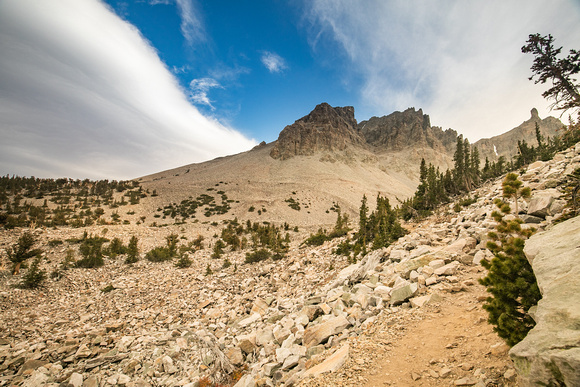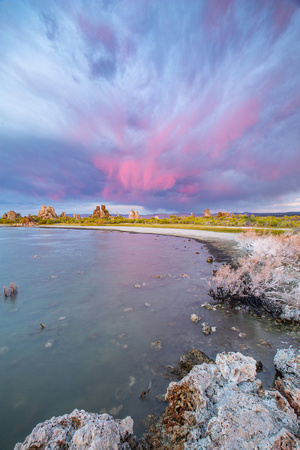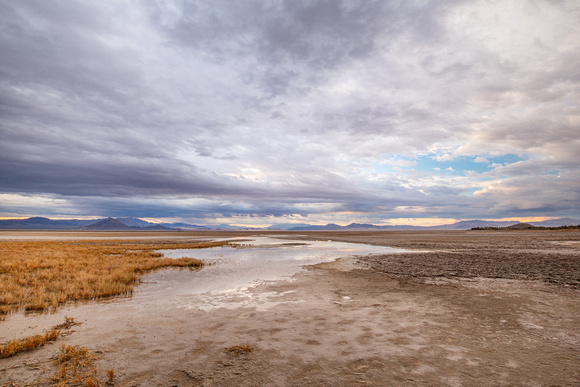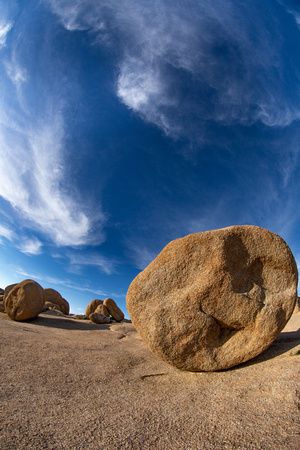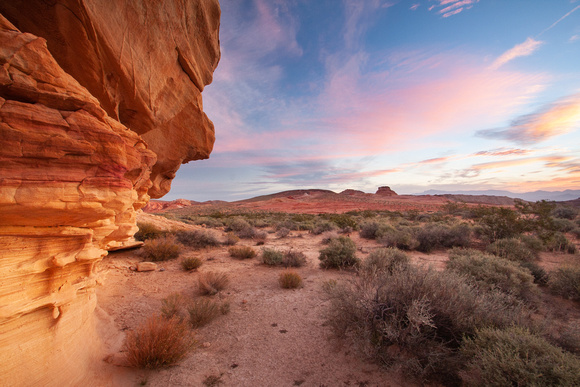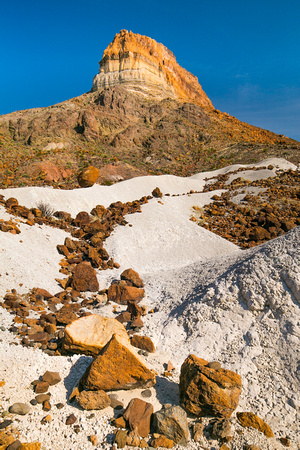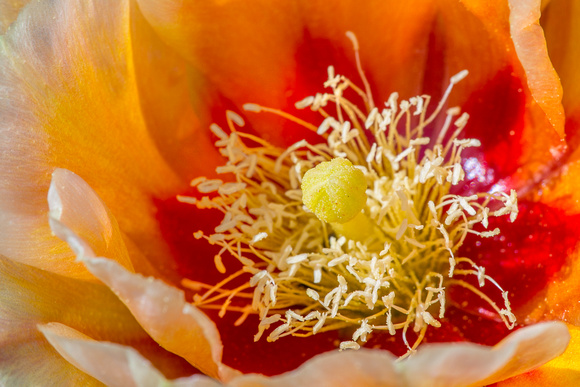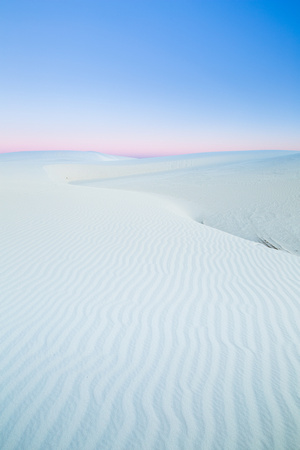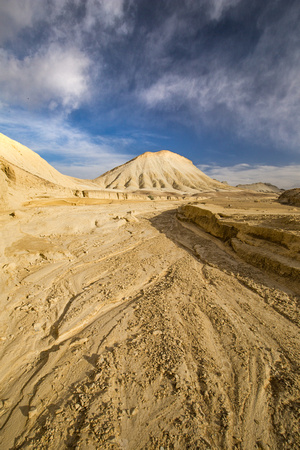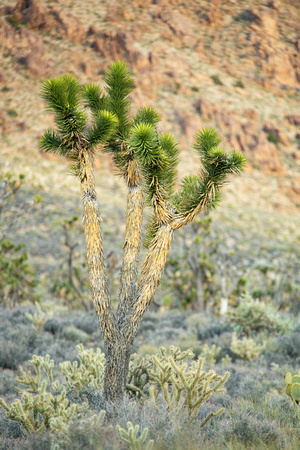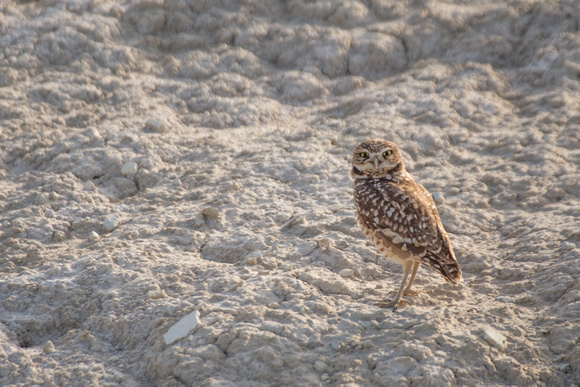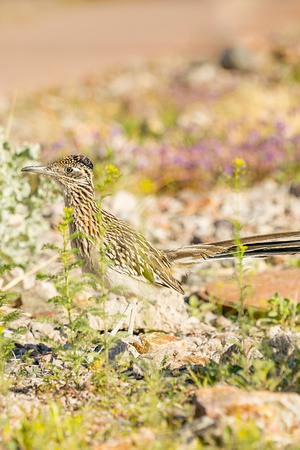Xeric environments
"X" is for Xeric.
According to the Webster dictionary, In 1926 a group of botanists proposed using the term xeric (derived from xēros, the Greek word for "dry") as a generalized term for either flora or fauna, and by the 1940s xeric was well documented in scientific literature.
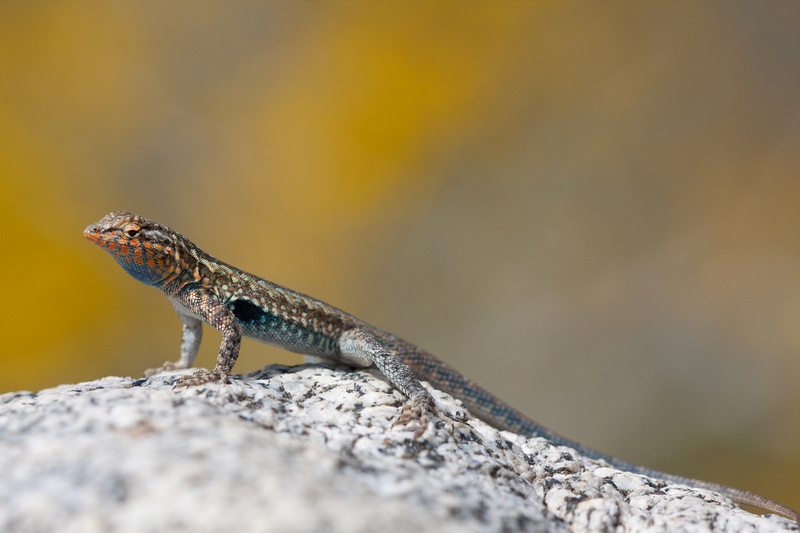 Common side-blotched lizard, Joshua Tree National Park
Common side-blotched lizard, Joshua Tree National Park
More than 30 percent of North America is comprised of xeric or semi-xeric lands, also known as deserts. North America has four major deserts: Great Basin, Mojave, Chihuahuan and Sonoran.
Great Basin
-
Size: The Great Basin Desert covers an area of around 190,000 square miles, making it the largest desert area in North America.
-
Location: It is also the most northerly, covering most of Nevada, the western third of Utah, and parts of Idaho and Oregon.
-
Climate: During most of the year, the Great Basin Desert is dry because the Sierra Nevada mountains block moisture from the Pacific Ocean. It is considered a temperate desert that experiences hot and dry summers with cold and snowy winters.
-
Elevation: This desert has higher than average elevations, with sumits reaching over 9,800 feet.
-
Plant & Animal species: This desert is home to sagebrush, Prickly Pear cactus, Yellow-bellied Marmot, Bighorn Sheep, and the oldest known living organism in the world, the Bristlecone Pine tree. Some of these trees are estimated to be over 5,000 years old.
|
Ancient Bristlecone Pine |
Great Basin National Park |
Mono Lake, bordering the edge of the Great Basin Desert |
Mojave
-
Size: The Mojave Desert occupies 47,877 sq miles
-
Location: It is in the Southwestern United States, primarily within southeastern California and southern Nevada. It contains the Mojave National Preserve, Joshua Tree National Park, Death Valley National Park, Valley of Fire State Park, and Anza Borrego State Park
-
Climate: Forty-degree temperature changes are typical in a single day, with peaks near 120 degrees Fahrenheit and lows significantly below freezing
-
Elevation: Aside from the extreme low and high elevation in the Death Valley, the general elevation of the Mojave Desert is between 3,000 and 6,000 feet above sea level.
-
Plant & Animal species: One attribute of the Mojave Desert is the presence of Joshua Trees. It is also the home to Desert Bighorn Sheep, Roadrunner, Burrowing Owl, Mountain Lion, Jack Rabbit, and Coyotes.
|
Mojave National Preserve |
Joshua Tree National Park |
|
Salt Flats, Death Valley National Park |
Valley of Fire State Park |
Chihuahuan
-
Size: The Chihuahuan Desert covers 193,783 square miles
-
Location: The Chihuahuan Desert runs between the US and Mexico with the majority located in Mexico. On the US side, it can be found in Texas, Arizona, and New Mexico. Approximately 800,000 acres of this desert are protected by the Big Bend National Park. Guadalupe Mountains and White Sands National Parks are within this desert region as well.
-
Climate: Average temperatures range from 50 to 65F. Spring and early summer are extremely dry, but in July, summer rains usually begin, bringing torrential storms that continue through October.
-
Elevation: Its highest point is measured at 12,139 feet above sea level, while its lowest point is at 1,969 feet above sea level.
-
Plant & Animal species: Although an arid desert, it is home to several plant and animal species, including: prickly pear cactus, agave, creosote bush, and yucca.
|
Cerro Castellan, Big Bend National Park |
Cactus bloom, Big Bend National Park |
White Sands National Park |
Sonoran
-
Size: It covers an area of around 100,000 square miles.
-
Location: The Sonoran Desert spreads from Mexico through Arizona and into southern California.
-
Climate: The Sonoran is a hot desert. Summer air temperatures routinely exceed 104°F, and often reach 118°F, and experience violent thunderstorms of the summer monsoons. Winter temperatures are mild, with valley bottoms typically free of frost, while the surrounding mountains may have dense snow cover at high elevations.
-
Elevation: Mountaintops range from 3000 feet in the west to 10,000 feet in the east. The elevations of valley bottoms rise from sea level near Yuma to 5000 feet in southeast Arizona, where deserts are replaced by grassland valleys.
-
Plant & Animal species: One of the most famous features of this desert is the Saguaro Cactus, which only grows here.
|
Saguaro Cacti, Saguaro National Park |
More Desert Fun Facts
- The state with the most desert covering it's landscape is Nevada.
- The hottest desert in the world is Death Valley.
- The driest desert is Mojave.
- In the wild cacti can live for hundreds of years.
- Desert Bighorn Sheep are some of the largest mammals found in the North American deserts. They favor the dry, desert mountains found throughout the region, gingerly scaling along a high mountain cliff.
- The Joshua tree, the largest of the yuccas, grows only in the Mojave Desert. Natural stands of this picturesque, spike-leafed evergreen grow nowhere else in the world. Its height varies from 15-40 feet with a diameter of 1-3 feet.
- An adult saguaro is generally considered to be about 125 years of age. It may weigh 6 tons or more and be as tall as 50 feet. The average life span of a saguaro is probably 150 - 175 years of age. However, biologists believe that some plants may live over 200 years.
- Only around 20% of the deserts on Earth are covered in sand.
- A major migration route of the fastest land mammal in North America, the Pronghorn Antelope, passes through the Great Basin Desert.
More Desert Images
|
20 Mule Team Canyon, Death Valley National Park |
Clark Dry Lake, Anza Borrego State Park |
|
Coyote |
Joshua Tree |
|
Desert Big Horn Sheep |
Sunrise, Valley of Fire State Park |
|
Burrowing Owl |
Roadrunner |
There are more desert photos in the Xeric Gallery. Click here to check them out: Xeric Gallery

